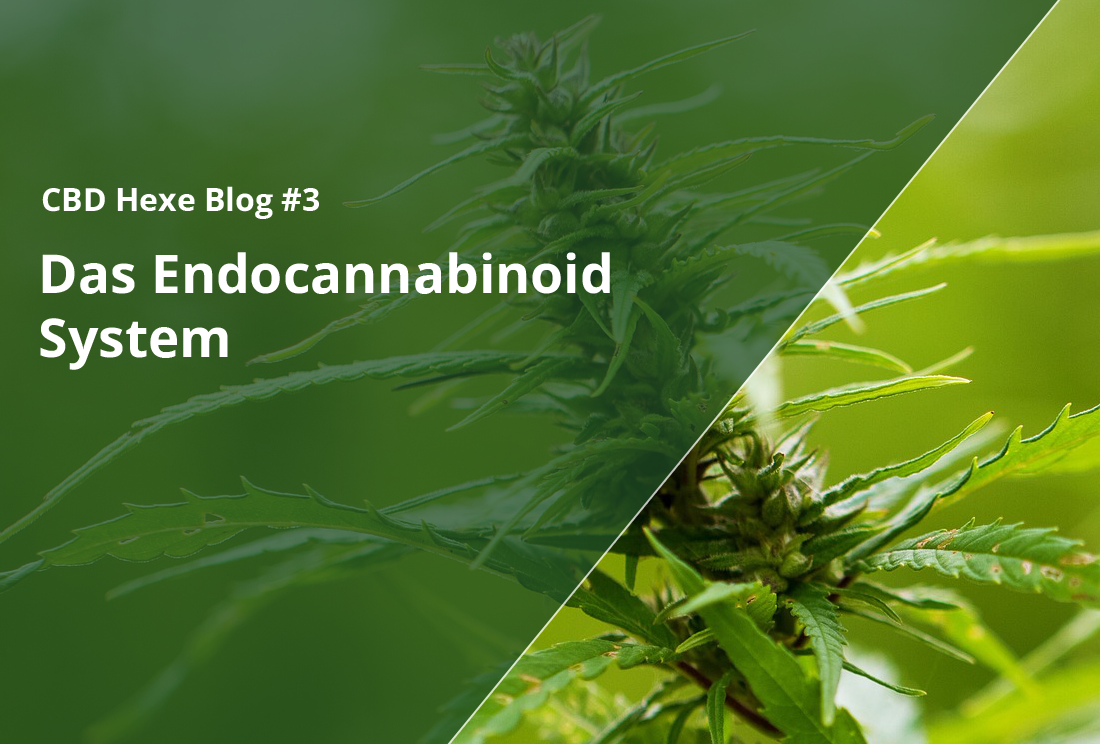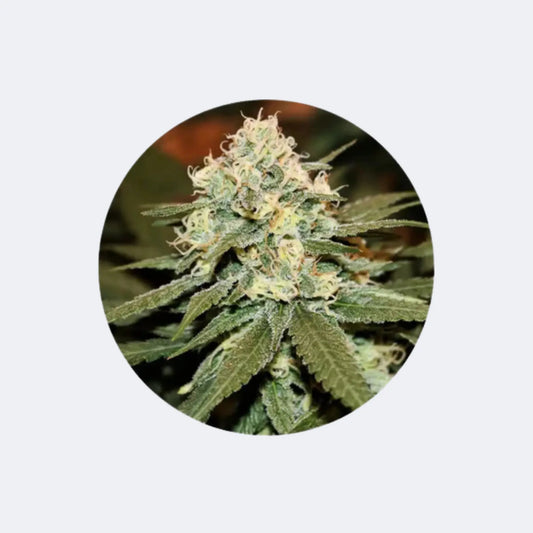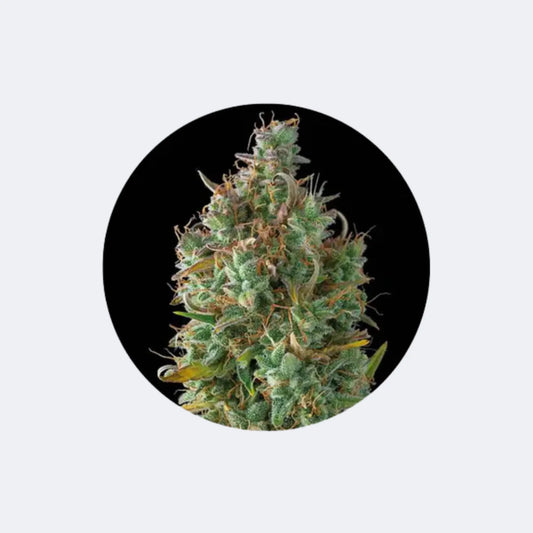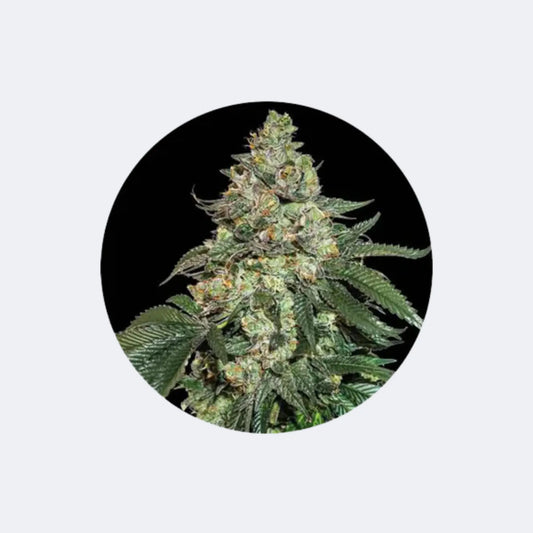
The endocannabinoid system
Andreas LeschkeShare blog post
The endocannabinoid system is a complex system that regulates our bodies and helps us stay healthy. It was only recently discovered, and researchers are still trying to understand its exact role.
1. What is the endocannabinoid system?
The endocannabinoid system is a complex network of receptors and messengers that extends throughout the body. It plays an important role in regulating numerous bodily functions, including appetite, sleep, pain perception, metabolism, and the immune system. The endocannabinoid system consists of two main types of receptors, CB1 and CB2. CB1 receptors are located primarily in the brain and nervous system. CB2 receptors are found primarily in the digestive tract and the immune system. The two main messengers of the endocannabinoid system are anandamide (AEA) and 2-arachidonoylglycerol (2-AG). AEA is most strongly associated with CB1 receptors, while 2-AG binds to both CB1 and CB2 receptors.
2. How does the endocannabinoid system work?
The endocannabinoid system is a complex network of receptors and messenger substances that affects many areas of the body. It influences, among other things, digestion, memory, the immune system, desire, and mood. The two most important receptors of the endocannabinoid system are CB1 and CB2. CB1 is found primarily in the nerve cells of the brain and spinal cord. CB2 is found primarily in the cells of the immune system. The most important messenger substance of the endocannabinoid system is anandamide. It is formed from the essential fatty acid arachidonic acid. Anandamide is involved in the regulation of appetite, mood, and pain perception. There are other messenger substances in the endocannabinoid system that are less well known. These include 2-AG and AEA. 2-AG is involved in the regulation of appetite, pain perception, mood, and memory. AEA is involved in the regulation of appetite and mood. The endocannabinoid system is activated when cannabinoids from the cannabis plant are ingested. The cannabinoids bind to the receptors of the endocannabinoid system, triggering various effects.
3. What role does the endocannabinoid system play in health?
CBD is a natural remedy derived from the cannabis plant. In recent years, it has been increasingly used to treat illnesses and ailments.
But what is the secret behind the success of this remedy?
A large part of CBD's effects are due to the endocannabinoid system. The endocannabinoid system (ECS) is a complex network of receptors and neurotransmitters found in many areas of the body.
It regulates, among other things, appetite, sleep time, memory, body temperature, pain sensitivity and the immune system.
4. How can CBD and THC affect the endocannabinoid system?
CBD and THC are both cannabinoid-rich chemicals found in the cannabis plant. Both chemicals are capable of influencing the endocannabinoid system (ECS). This system is a complex network of receptors and neurotransmitters distributed throughout the body. It helps the body respond to external stimuli and maintain a healthy balance. CBD affects the ECS by binding to the CB1 and CB2 cannabinoid receptors. These receptors are distributed throughout the body and have different functions. CBD affects CB1 receptors, which are primarily found in the brain and nerve cells. CB2 receptors are primarily located in the immune system. CBD does not act on these receptors directly, but rather changes the way they respond to natural cannabinoids. THC acts in a similar way to CBD by binding to the cannabinoid receptors. However, THC primarily binds to the CB1 receptors. This leads to the typical psychoactive effects of THC, as the brain is rich in CB1 receptors. THC also acts on CB2 receptors, which can lead to a change in the body's immunological response. CBD and THC can therefore influence the endocannabinoid system. This can lead to various health benefits, depending on which chemical is used and how it is applied. Both cannabinoids can help relieve pain, reduce inflammation, and boost the immune system.
5. Conclusion – The Endocannabinoid System
CBD and THC are two of the best-known cannabinoids. They are both found in the hemp plant and affect the human body. Both cannabinoids influence the endocannabinoid system (ECS), but they do so in different ways. THC binds to the CB1 receptors of the ECS, causing the typical cannabis effects such as euphoria and high. CBD, on the other hand, does not bind directly to the CB1 or CB2 receptors. Instead, it influences how the receptors respond to other cannabinoids. CBD can therefore block or reduce the effects of THC.
The endocannabinoid system is a complex system present in our bodies that regulates our well-being. Understanding the endocannabinoid system is important because it plays a role in a wide variety of diseases and disorders. Research into the endocannabinoid system has made tremendous progress in recent years, and we now have a better understanding of how it works. Future research will continue to provide important insights into the endocannabinoid system and help develop new treatments for diseases and disorders.






